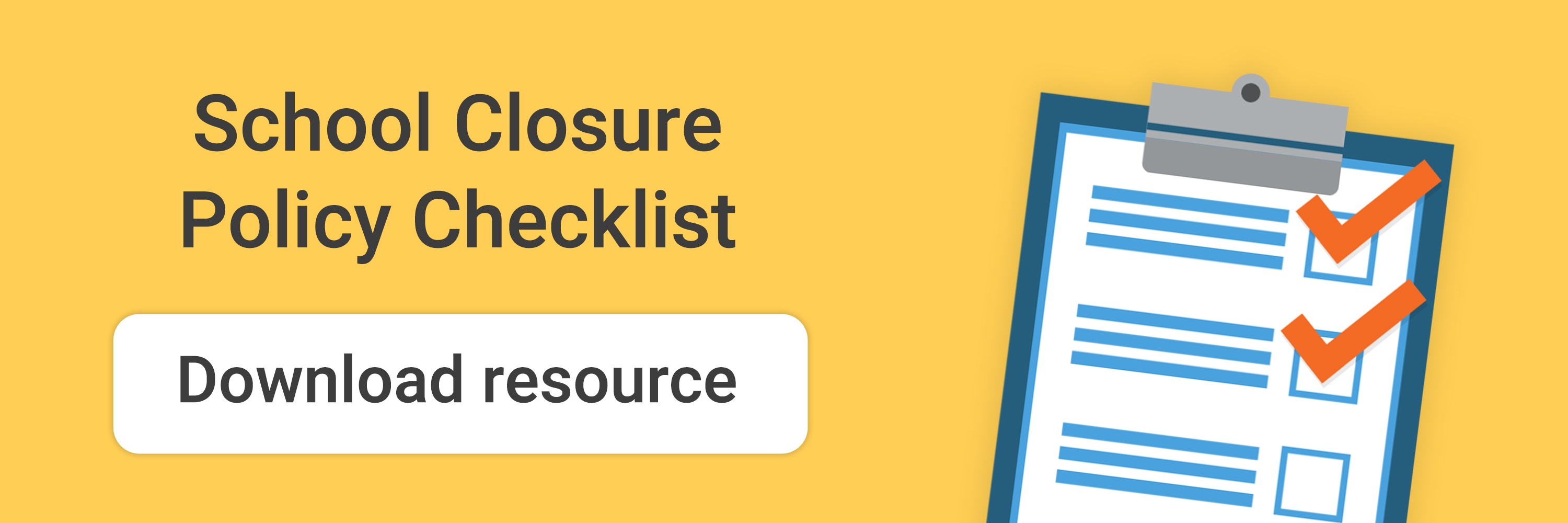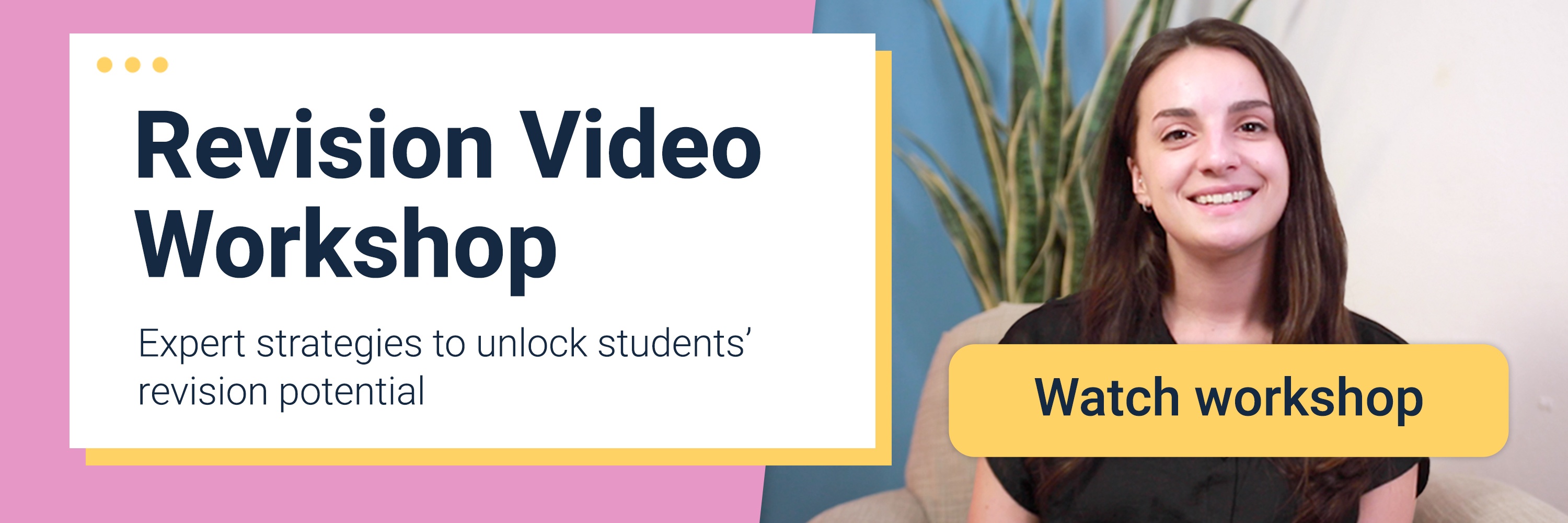Author: Ben Greenwood
Posted: 18 Mar 2020
Estimated time to read: 5 mins
The world is changing. Our education system is being dragged unwillingly into the 21st century as it stubbornly digs in its heels. We’re finding that many traditional structures no longer serve us best, and that change needs to happen for us to progress further as educators.
The role of the teacher is something that seems to have changed both a lot since the creation of the school. Leading students through learning material in class and being there to field any questions has always been at the heart of what the teacher does.
But new challenges face us in the modern world - technology, a warming planet and diminishing attention spans have all changed the way we teach in the last century. And with these new challenges comes disruption to the school schedule.
What happens when students can’t come to school? What happens when the school needs to close for an indefinite period of time? Are students expected to continue their studies at home? How are they supposed to learn effectively away from the classroom environment?
We’ll answer all of these questions in this blog. But first:
What is Distance Learning?
Distance learning, also known as distance education or e-learning, is the practice of learning independently outside of a traditional classroom environment, but it usually still follows a set curriculum with premeditated learning materials.
This can take the form of video call lessons, webinars and using physical materials sent from school. Distance learning isn’t a new creation. There are reports of a short-hand teacher, Mr Caleb Phillips, mailing his lessons to students weekly via post way back in 1728.
It’s a learning approach that has seen consistent success in higher education and adult learning. But one that isn’t really considered viable when teaching younger students in secondary and primary schools. But with an ever warming climate, pandemic threats and a growing number of children below the poverty line, there’s becoming an increasing case for distance learning in schools.
How can Schools use Distance Learning?
Schools can implement distance learning in a number of ways. It all depends on the kind of distance learning that suits the school in question best. Whilst some schools are looking for a way to work through school closures and students' sickness, others might want to begin to incorporate it into everyday learning, alongside classroom teaching.
Here’s a few things to consider before you decide to implement distance learning:
Hybrid and blended Learning
Blended learning, or hybrid learning, combines both distance learning and regular class-based learning for a more diverse experience. It is usually achieved by setting homework tasks that become lessons within themselves, rather than simply an extension of in-lesson work.
The flipped classroom model is the most popular example of blended learning. It changes the process by which students are introduced to new concepts and ideas. Instead of teaching it in class, teachers set the main task as a homework assignment. Students then introduce themselves to the topic and start the preliminary learning process alone.
Then, in class, the teacher leads discussion and further exploration of the topic, answering any questions students may have from their initial study. The idea here is that by making the initial learning process of a topic into something that students do in their own time, teachers are free to use the more limited time in class to give students a deeper understanding.
Connectivism and MOOCs
Connectivism, an approach to pedagogy that was coined by George Siemens in 2005, is a learning theory that encapsulates the idea of using technology to work remotely. He believes that learning is a process of navigating digital networks in order to learn. Networks like the internet can be used to extract information in a number of ways for online distance learning.
This is something that, today, seems more relevant than ever. As COVID-19 continues to cause havoc for schools and communities, remote learning will become the only way for students to continue their studies.
- Search engines - The most obvious is the humble search engine. Simply type in a query and get an answer, it’s that simple isn’t it? Not really. Telling a reliable source from fake news can be extremely difficult and ads and search engine bias make searching more complicated - It’s these difficulties that connectivism aims to address.
- Forums - Then there’s online forums, containing the chatter and discussions of experts and novices alike. Finding helpful forums and genuine contributors can be difficult, but the collaborative social atmosphere it creates has been shown to help students learn more effectively.
- Video calls - Whether it’s a video call lesson or simply a video call between classmates, this is the closest students get to being face to face when working remotely. This helps them to feel that they are as close to a normal lesson as possible and helps those that learn best from listening.
In fact, Siemens and his fellow education philosopher, Stephen Downes, were so encapsulated by the possibilities of distance learning that they created Massive Open Online Courses (MOOCs) to prove their theory.
MOOCs provide students with learning material over a diverse range of mediums. From videos to forum debates to online resources and interactive online tasks. These courses engage students and let them learn at their own pace. After the success of the first MOOC launch, Siemens and Downes hosted a number of others, all with great success.
Since then, dedicated learning platforms have taken over from MOOCs.
Platforms like Satchel One and our dedicated homework app, Show My Homework. Now teachers can teach any lesson remotely from a platform that allows them to set and mark online submissions, set quizzes and games and even alert parents about upcoming work and assignments.
Paced vs self-paced
Online courses fall into two categories. Self-paced and paced.
Self paced courses usually present students with all the resources they need to study in one burst, leaving them to work through the lessons in their own time. This relieves pressure and can lead to better understanding of topics, but does diminish the possibility of the course running in synchronicity for the whole class.
Paced courses can be led remotely by a teacher or on a set timetable that drip feeds learning materials to students on a daily basis. These courses make it easier for teachers to ensure that all students are learning at the same pace, which can be really helpful around examination periods and when preparing for assessments.
By adopting distance learning as early as possible, students and teachers can both benefit from lower stress levels, higher productivity and a more personal learning experience. This cements learning as something that isn’t confined to the school classroom, but is instead a skill for life.



